Ask AI on The Internet
Question: 3.1 Explain the concept of the cephalocaudal growth pattern during the period between one and three years old and its significance in a toddler's physical development. 3.2 Critically discuss how the proximodistal growth pattern influences a toddler's physical development. Provide TWO (2) examples of motor skills that emerge following this pattern. 3.3 Discuss the role of neurological changes in a toddler's physical growth and development during the first three years of life. How do these changes contribute to their motor skills development? 3.4 Design a table to compare and contrast the physical growth characteristics of a one-year-old toddler with those of a three-year-old toddler. In your table, demonstrate how these changes impact the children's overall development and abilities. 3.5 In your own words, explain in what sequence toddlers typically develop their physical and motor skills during the first three years. Provide a detailed explanation of the milestones they reach, considering both the cephalocaudal and proximodistal patterns.
### 3.1 The Cephalocaudal Growth Pattern The cephalocaudal growth pattern refers to the developmental progression in which growth starts at the head and moves downward to the rest of the body. During the period between one and three years old, this pattern is significant because it influences how toddlers gain control over their bodies. Initially, infants develop control over their head, followed by their neck, shoulders, arms, and then the lower body as they approach toddlerhood. This pattern is vital for physical development as it helps toddlers gradually achieve important milestones such as sitting up, crawling, and eventually walking. ### 3.2 The Proximodistal Growth Pattern The proximodistal growth pattern describes development as it progresses from the central parts of the body outward toward the extremities. This means that a toddler gains control of their torso before their arms, and control of their arms before their hands and fingers. This pattern is critical for motor skill development: - **Fine Motor Skills:** These involve smaller movements, specifically in the hands and fingers, such as picking up small objects. - **Gross Motor Skills:** These involve larger movements using the arms and legs, such as throwing a ball. **Examples:** - **Grasping Objects:** Toddlers first develop the gross motor skill of using their whole hand to grasp objects before refining this into a pincer grip using their thumb and forefinger. - **Walking:** Initially, toddlers develop proximal gross motor skills, such as standing and balancing, before advancing to distal skills like stable walking and running. ### 3.3 Neurological Changes in Physical Growth Neurological developments during the first three years of life are fundamental for physical growth and motor skills. The brain undergoes significant changes, including increased myelination (which speeds up nerve impulses), synaptic pruning (enhancing brain efficiency), and neural connections (forming pathways that facilitate coordination and control). These changes contribute to motor skills development by creating more efficient neural pathways, enabling toddlers to perform complex movements such as: - **Balancing:** Enhanced neural coordination supports tasks like standing and walking. - **Hand-Eye Coordination:** Neural development helps in coordinating movements like reaching for and picking up objects. ### 3.4 Comparison Table | Characteristic | One-Year-Old | Three-Year-Old | Impact on Development | |-------------------------------|----------------------------------|----------------------------------|--------------------------------------| | **Weight and Height** | Avg. 20-25 lbs, 28-32 inches | Avg. 30-35 lbs, 35-40 inches | Increased body strength and balance (3-year-old) | | **Head Proportion to Body** | Large head relative to body | Better proportioned | Improved balance and motor skills in 3-year-old | | **Motor Skills** | Simple walking, standing | Running, climbing, jumping | Enhanced mobility and exploration in 3-year-old | | **Hand-Eye Coordination** | Basic grasp, passing objects | Drawing, dressing themselves | More complex tasks and independence in 3-year-old| | **Speech and Language** | Few words | Simple sentences | Better communication and social interactions in 3-year-old | ### 3.5 Sequence of Physical Development in Toddlers ### Cephalocaudal Development: 1. **Head Control:** From birth to a few months, toddlers develop head control. 2. **Neck and Shoulder Strength:** By six months, they can lift their head and chest when lying on their stomach. 3. **Torso and Limb Control:** Around nine months, they can sit unsupported and may pull themselves to a standing position. 4. **Leg Strength and Walking:** By 12-18 months, many toddlers start to walk independently. ### Proximodistal Development: 1. **Trunk Control:** By about nine months, infants generally have sufficient trunk control to sit on their own. 2. **Arm and Hand Coordination:** Around 12-18 months, they can pick up small objects using a pincer grip. 3. **Finger Dexterity:** By two years old, toddlers can often manage more precise actions like turning pages and stacking blocks. 4. **Complex Motor Skills:** By age three, they can engage in more coordinated activities such as drawing with a crayon, dressing themselves, and using utensils. Both the cephalocaudal and proximodistal patterns work together to ensure that by three years old, toddlers have developed a robust set of physical and motor skills that allow for increased independence and interaction with their environment.
Think your answer is better than the AI's? Post it below.
Other Most Relevant Posts:
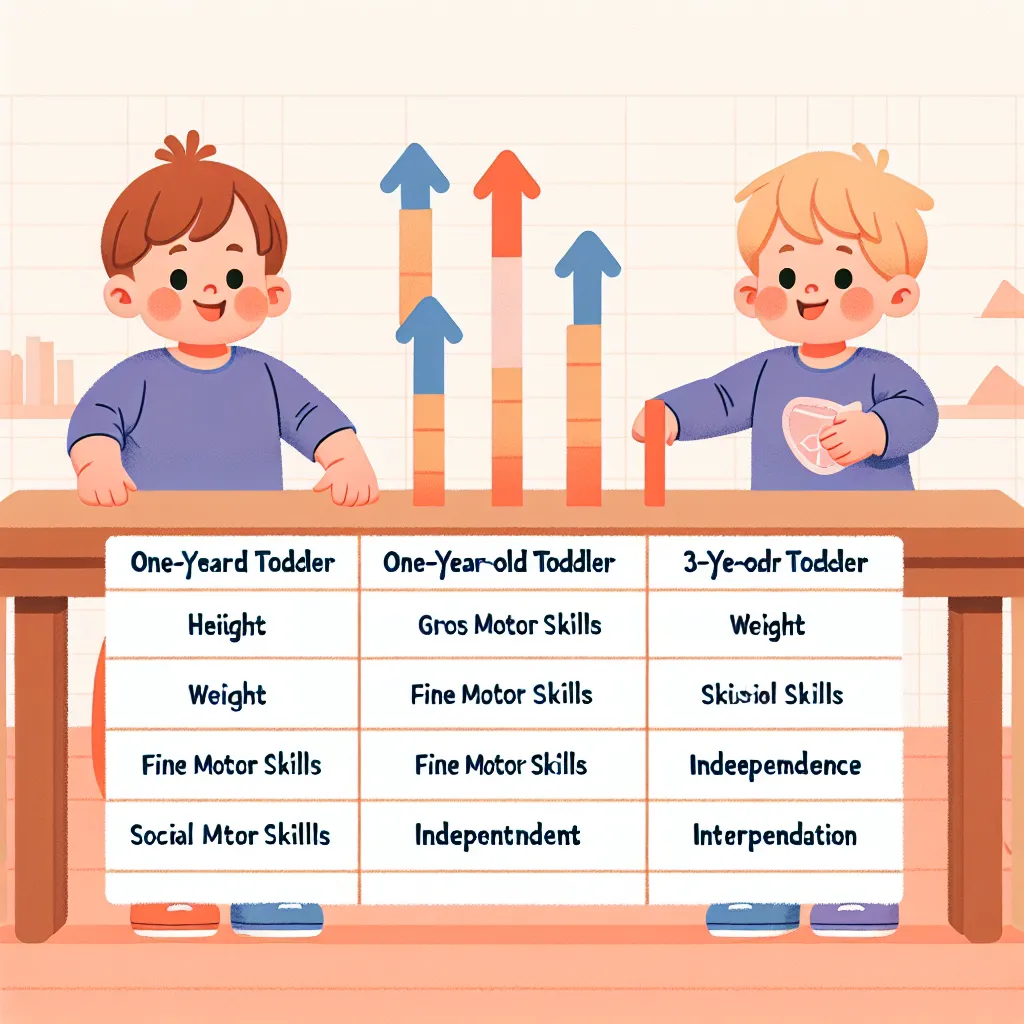 1. Toddler Height and Development
2. Toddler Weight and Physical Activity
3. Gross Motor Skills of Toddlers
4. Fine Motor Skills of Toddlers
5. Toddler Communication Skills
6. Cognitive Developme
1. Toddler Height and Development
2. Toddler Weight and Physical Activity
3. Gross Motor Skills of Toddlers
4. Fine Motor Skills of Toddlers
5. Toddler Communication Skills
6. Cognitive Developme
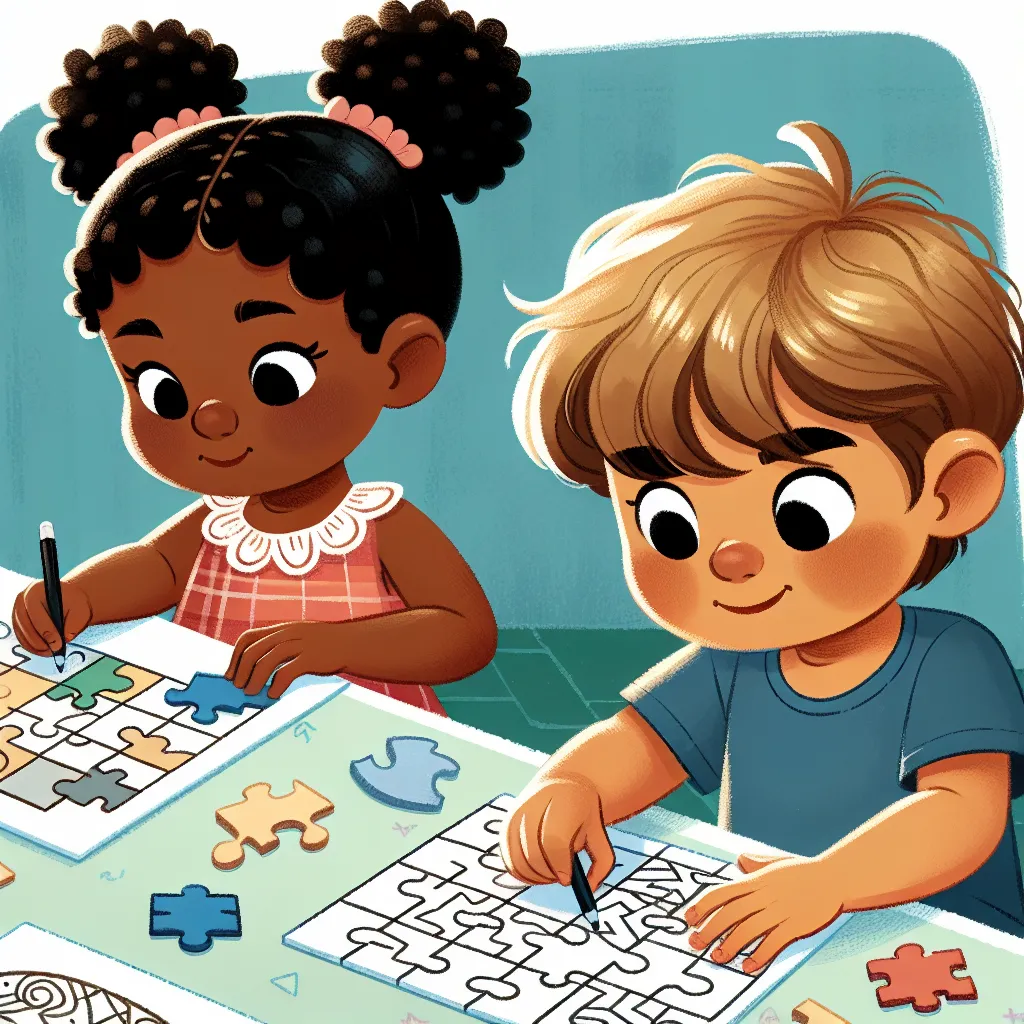 1. **Visual Skills Improvement for Grade R Learners**
2. **Challenges Hindering Children's Movement Today**
3. **Significance of Rolling in Infancy**
4. **Gross Motor Skills Evaluation f
1. **Visual Skills Improvement for Grade R Learners**
2. **Challenges Hindering Children's Movement Today**
3. **Significance of Rolling in Infancy**
4. **Gross Motor Skills Evaluation f
Question Tags
If you want your question answered by an AI, click here.
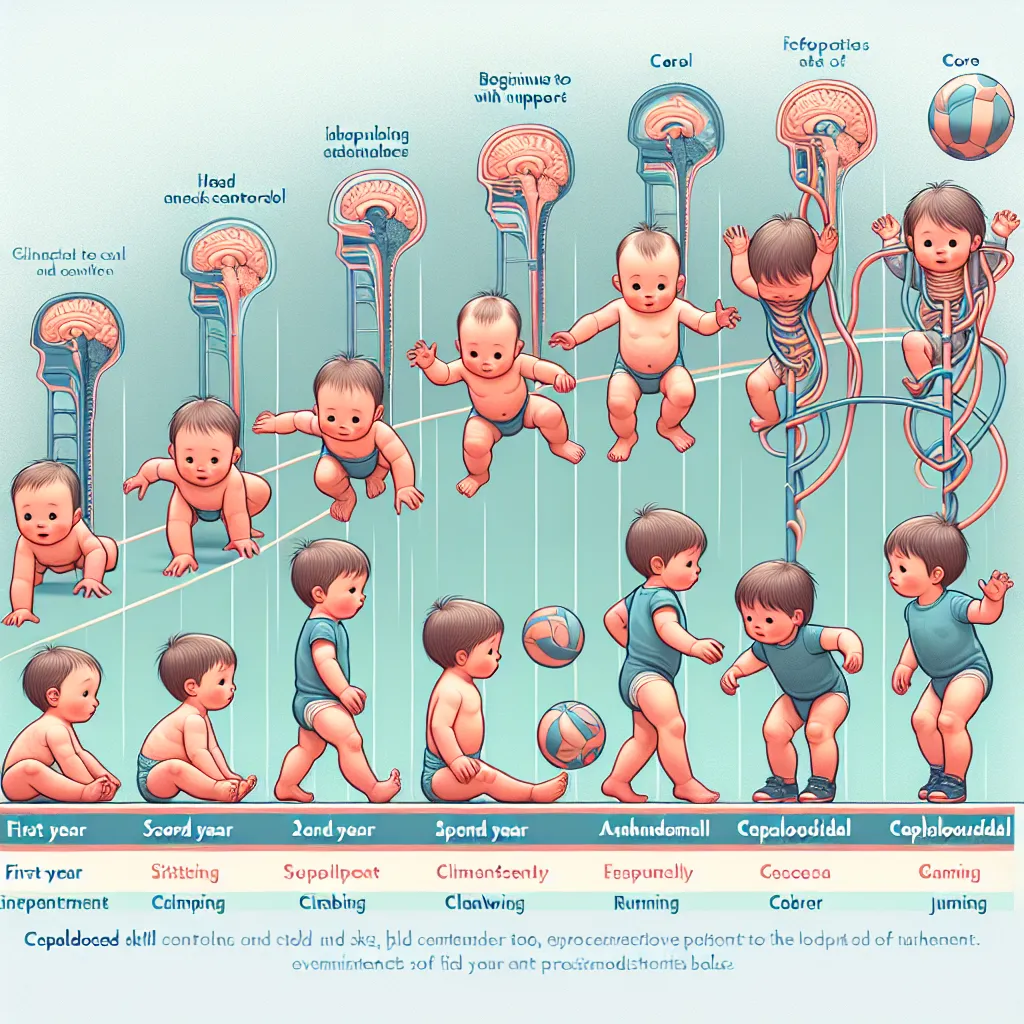
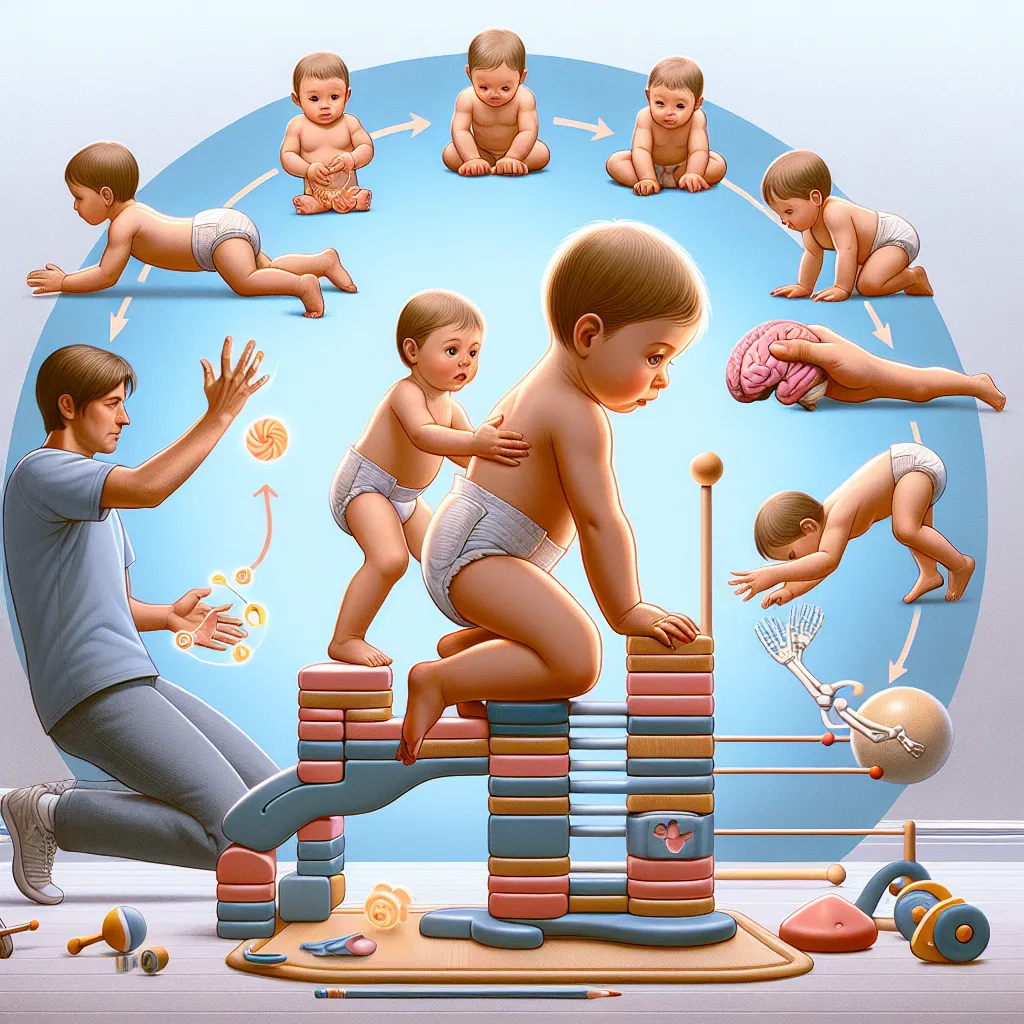
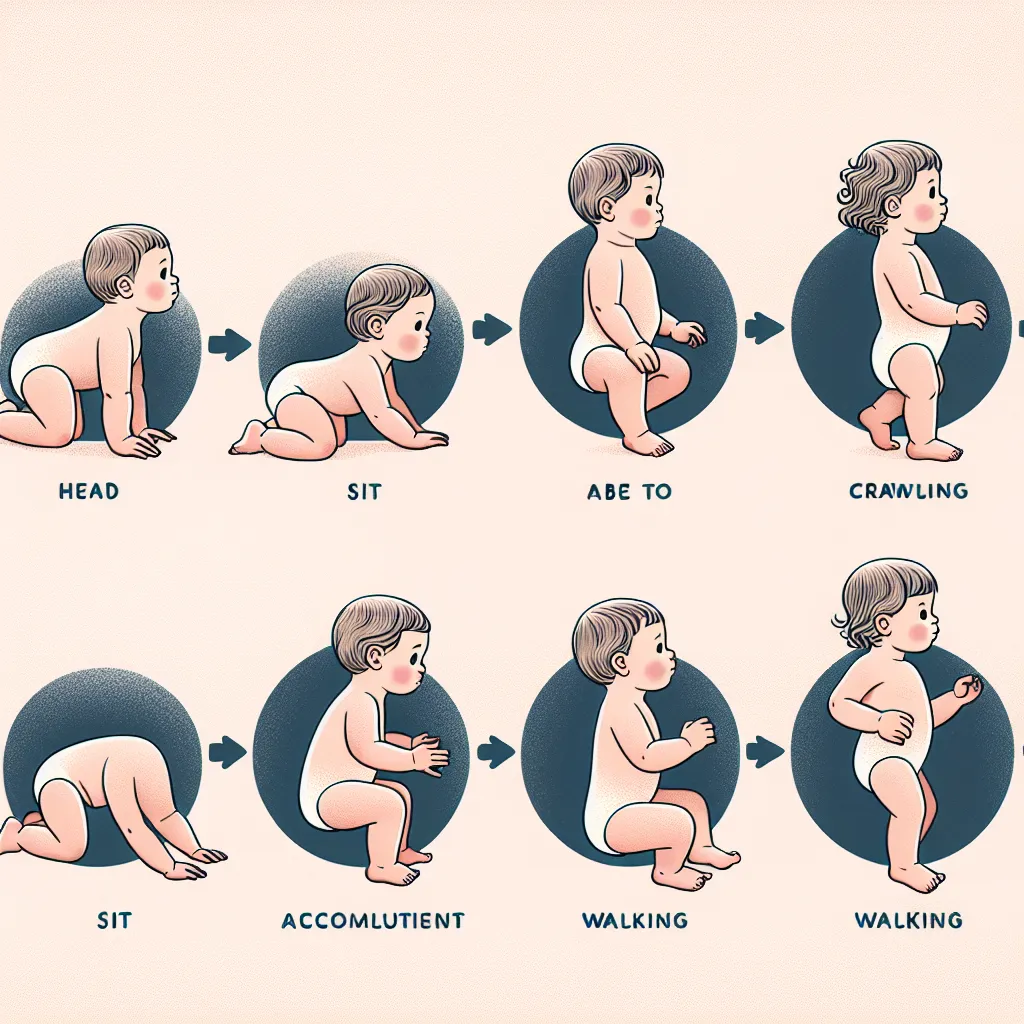


Post your own comment: